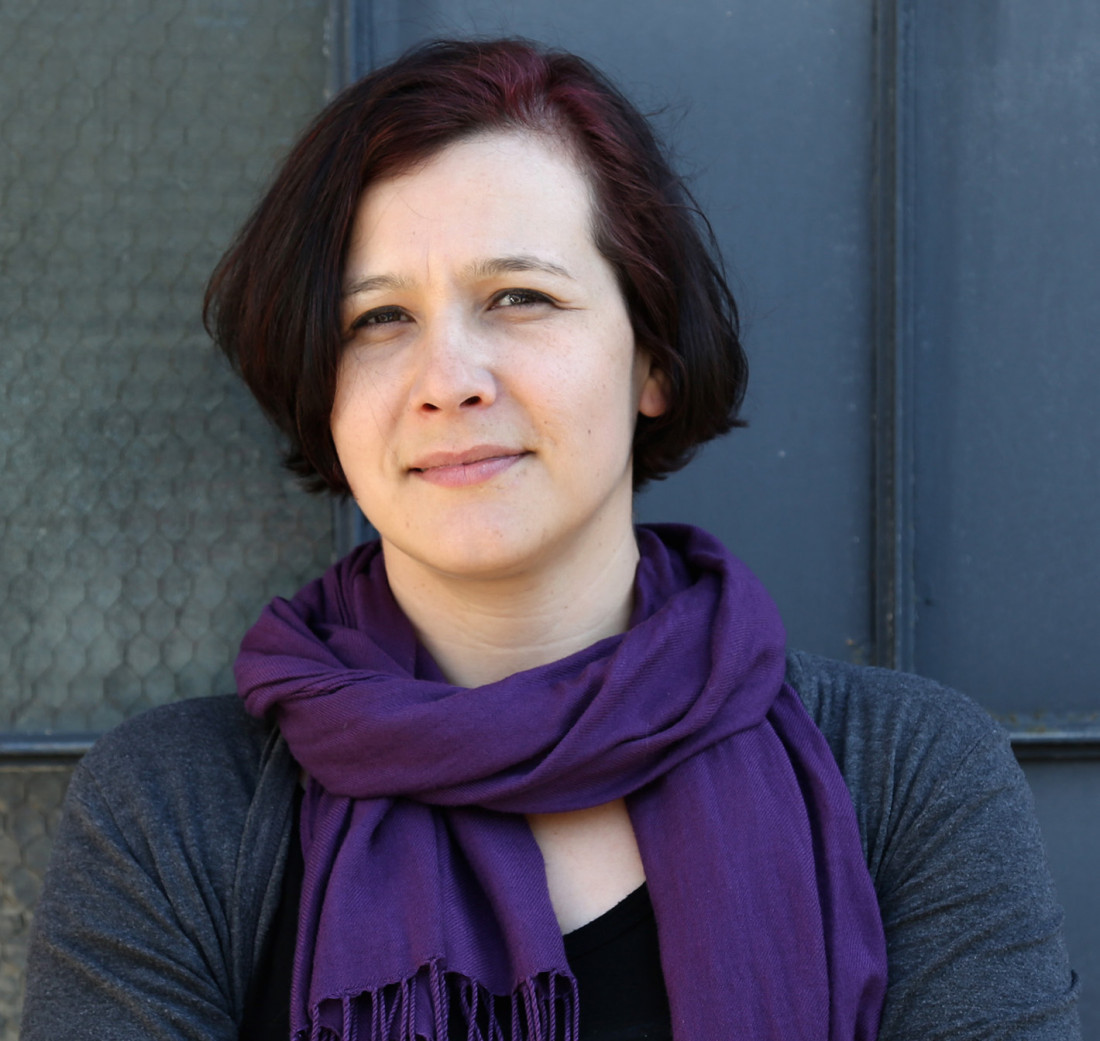Add more Indigenous authors to your reading list today
Reading in Colour

Poet and author Katherena Vermette
Indigenous people are underrepresented in literature.
Organizations such as Raven Reads are working to combat this problem by offering subscription boxes containing books by Indigenous authors and goods by Indigenous entrepreneurs.
Nicole McLaren, the founder and CEO of Raven Reads, wrote on their website that in order to maintain mutually respectful relationships between Indigenous and non-Indigenous people, “there must be awareness of our collective past along with action that will change behaviour.”
COVID-19 lockdowns gave people the opportunity to get back to their reading habits. The killing of George Floyd in police custody shed light on the urgent need to address systemic racism in Canada. Floyd’s brutal killing not only raised an uproar within Black communities, but it also led to a universal discussion of systemic racism that Indigenous people experience firsthand. Gaps in the book industry became more obvious as more conversations on these topics happened.
While we still have a long way to go, more effort is certainly being put into giving marginalized groups a voice within literary communities. At McNally Robinson Bookstore, for example, many books by Indigenous authors are now more visible, displayed on tables as opposed to being tucked away in bookshelves.
In my experience running an online bookstore, I have noticed that more and more readers are going out of their way to seek books by Indigenous authors. Subscription services such as Raven Reads and book clubs like Erin and Dani’s Book Club (via Instagram) are working tirelessly to promote Indigenous literature.
In Winnipeg, we have a responsibility to learn and understand the story of our city and the people who have inhabited this land for much longer than settlers or newcomers. Katherena Vermette, the author of the teen graphic series A Girl Called Echo about a 13 year-old Métis girl named Echo who time travels and learns about the history of the Métis people, once said to me that, especially when living in Winnipeg, we should know Métis history. “The Métis are really integral to the creation of this place,” she added.
Vermette is working to bring Indigenous stories into focus. At under 50 pages, A Girl Called Echo Volume 1 includes detailed Métis history. Each volume in the series comes with a timeline of events and important dates. This short, illustrated series is a fun read for all ages, as it explores important history in an artistic, adventurous and engaging way.
This Place: 150 Years Retold is another graphic novel I would argue every household should have. It is a collection of 10 stories put together by Indigenous creators who, as the title suggests, explore the past 150 years of Indigenous survival.
The anthology includes important stories about various Indigenous people and their efforts to protect their people amid settler-colonialism. Much like Vermette’s series, this anthology includes graphic illustrations that add to the reading experience. It, too, has timelines that help readers follow along.
As I have written in every previous entry of this column, representation is crucial. Métis and Indigenous communities as a whole must be represented in literature. Non-Indigenous readers ought to pick up books by Indigenous authors and featuring Indigenous characters in order to educate themselves to build mutual respect. But there is still work to do. As McLaren writes, “we are not there yet.”
Valerie Chelangat is a Kenyan-Canadian writer and bookseller. She loves Winnipeg but struggles with the winter. She gets through the season by reading any books she gets her hands on and drinking too much tea.
Published in Volume 75, Number 18 of The Uniter (February 11, 2021)






